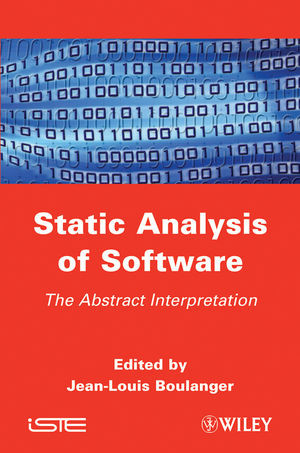

Most ebook files are in PDF format, so you can easily read them using various software such as Foxit Reader or directly on the Google Chrome browser.
Some ebook files are released by publishers in other formats such as .awz, .mobi, .epub, .fb2, etc. You may need to install specific software to read these formats on mobile/PC, such as Calibre.
Please read the tutorial at this link: https://ebookbell.com/faq
We offer FREE conversion to the popular formats you request; however, this may take some time. Therefore, right after payment, please email us, and we will try to provide the service as quickly as possible.
For some exceptional file formats or broken links (if any), please refrain from opening any disputes. Instead, email us first, and we will try to assist within a maximum of 6 hours.
EbookBell Team

4.1
100 reviewsThis book presents real examples of the formal techniques called "abstract interpretation" currently being used in various industrial fields: railway, aeronautics, space, automotive, etc.
The purpose of this book is to present students and researchers, in a single book, with the wealth of experience of people who are intrinsically involved in the realization and evaluation of software-based safety critical systems. As the authors are people currently working within the industry, the usual problems of confidentiality, which can occur with other books, is not an issue and so makes it possible to supply new useful information (photos, architectural plans, real examples).Content:
Chapter 1 Formal Techniques for Verification and Validation (pages 1–44):
Chapter 2 Airbus (pages 45–112):
Chapter 3 Polyspace (pages 113–142):
Chapter 4 Software Robustness with Regards to Dysfunctional Values from Static Analysis (pages 143–175):
Chapter 5 CodePeer – Beyond Bug?finding with Static Analysis (pages 177–205):
Chapter 6 Formal Methods and Compliance to the DO?178C/ED?12C Standard in Aeronautics (pages 207–271):
Chapter 7 Efficient Method Developed by Thales for Safety Evaluation of Real?to?Integer Discretization and Overflows in SIL4 Software (pages 273–318):